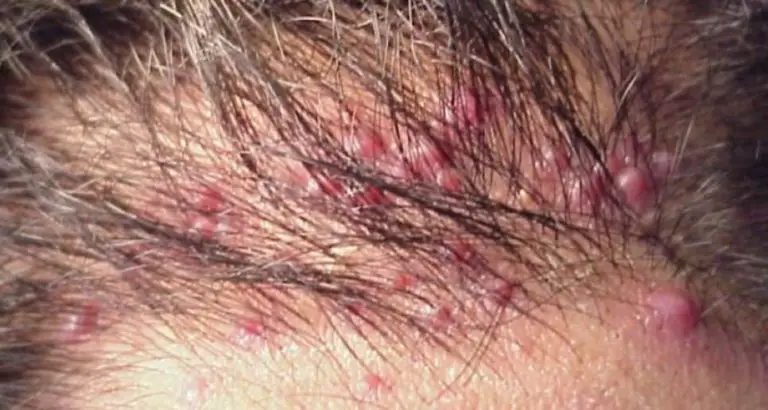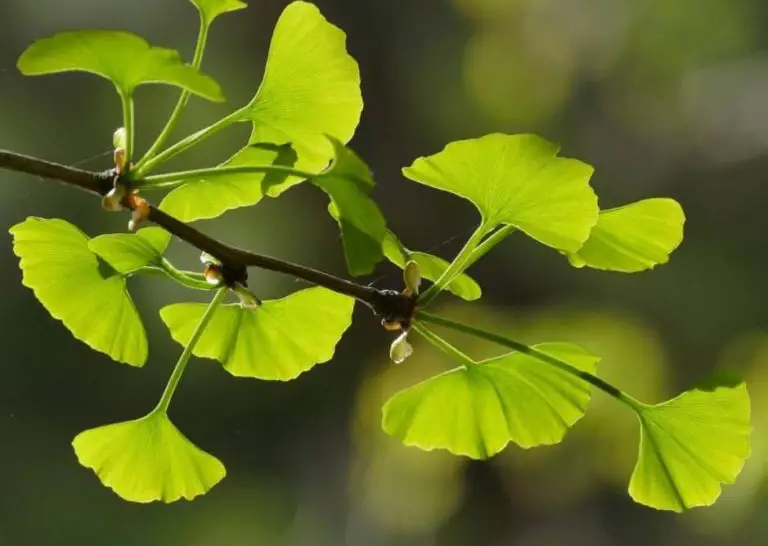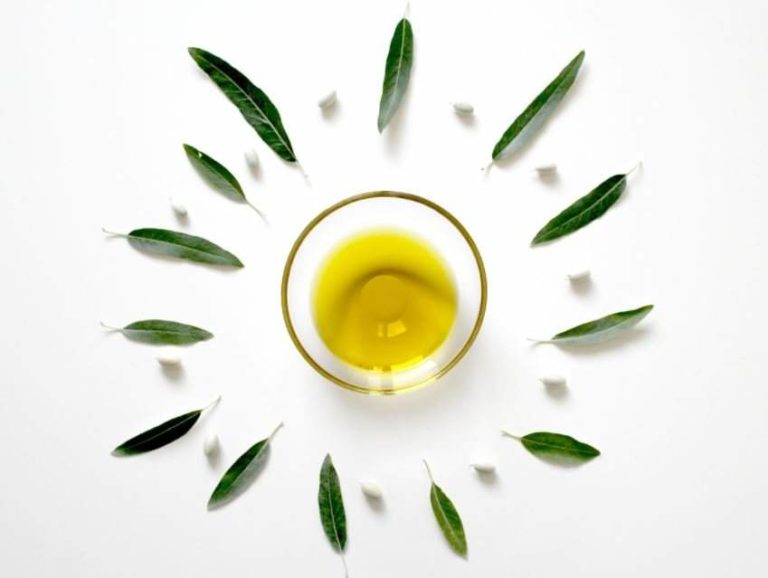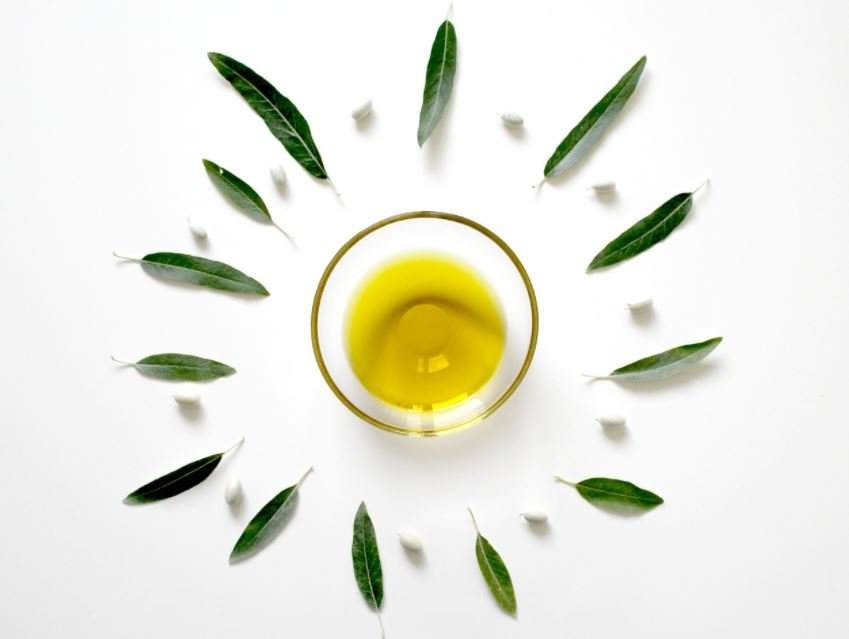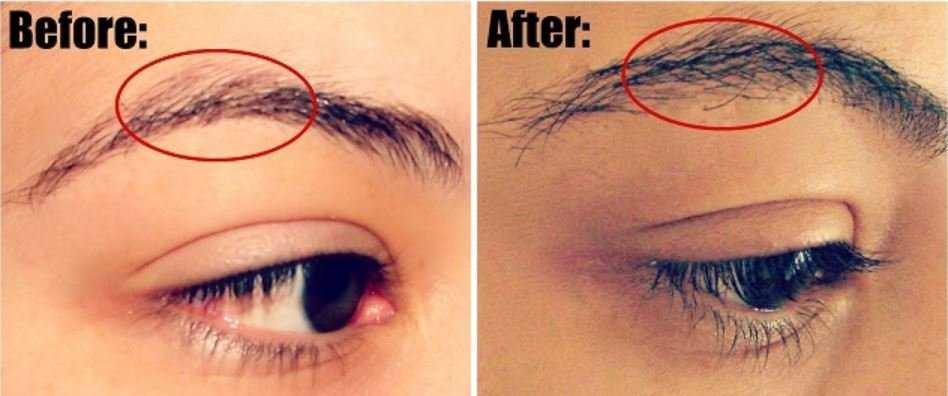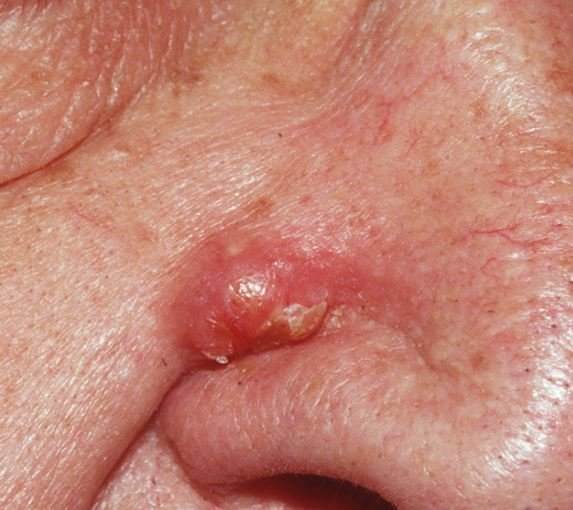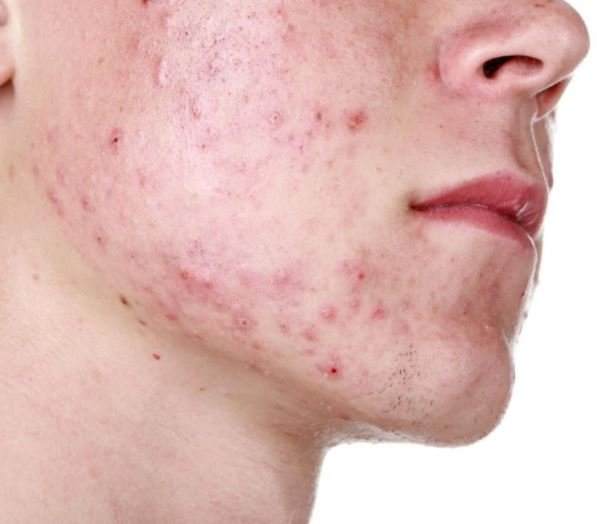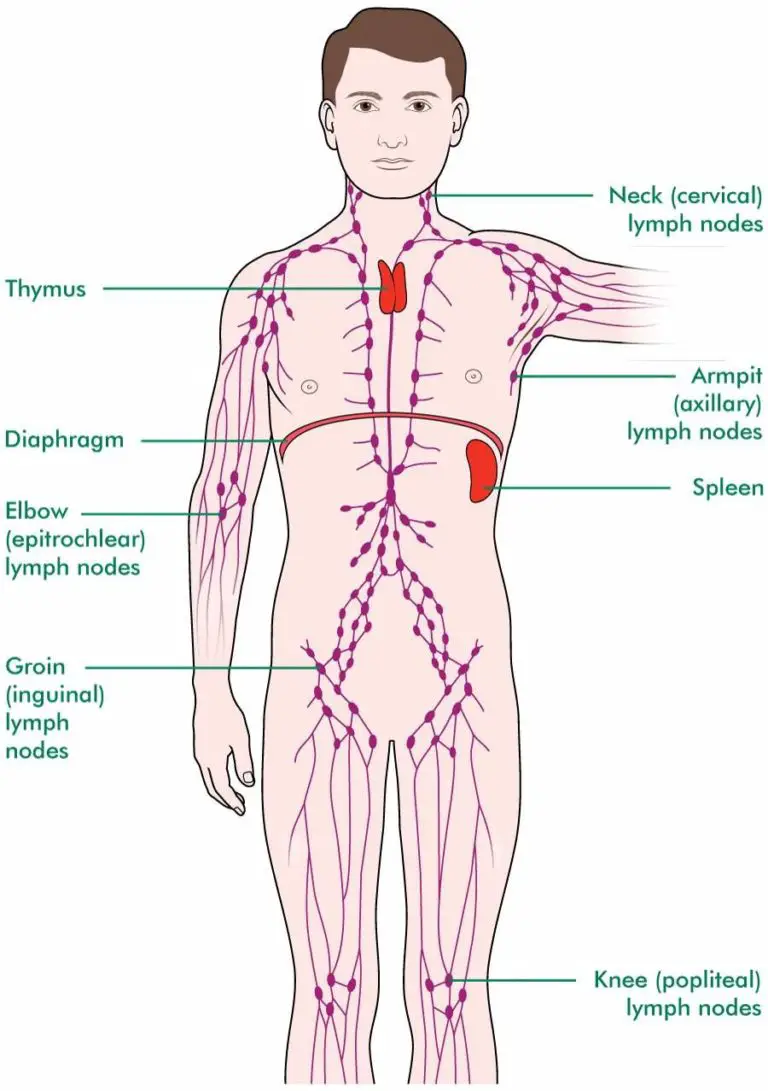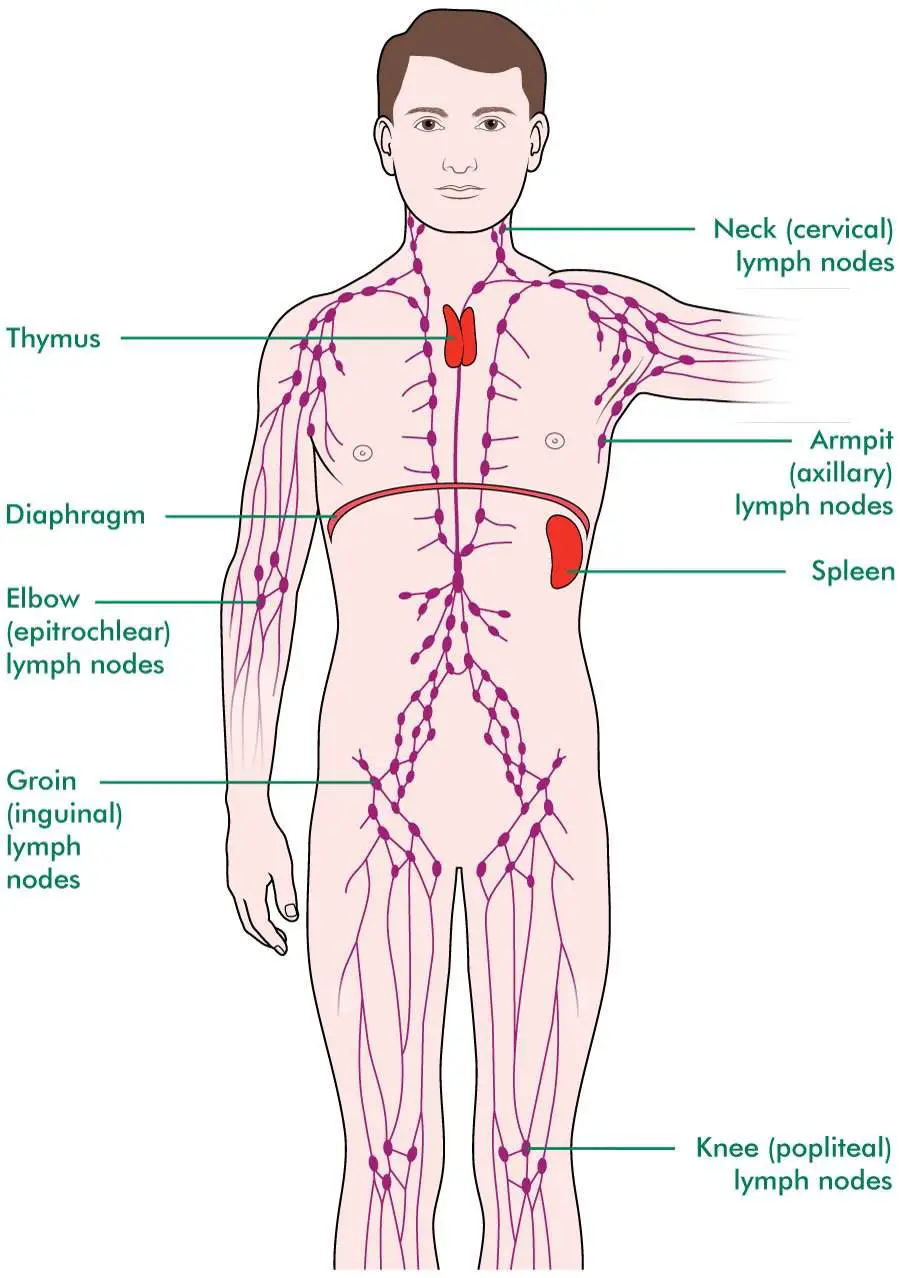Incorrect shaving can aggravate or cause inflamed hair follicles. Infected or inflamed hair follicles are the prominent defining features of the medical condition popularly known as folliculitis. Your hair follicles are bound to become irritated when they are damaged, according to MedlinePlus. Common factors known to damage hair follicles include:
- Shaving
- Presence of an inflammatory skin condition e.g., acne
- Regularly wearing very tight clothing, which rubs against your skin when you make the slightest of movements.
When your follicles become damaged, they are prone to be infected by viruses, fungi, and even bacterial organisms, which can then make the inflammation to worsen, this according to Mayo Clinic.
Even though a mild case of swollen hair follicles is likely to clear up on its own without any intervention being necessary, there are severe cases that may call for medical intervention. Additionally, there are some practices that can be used to prevent a recurrence, as well as reduce inflammation of your follicles.
What is an inflamed hair follicle?
Also known as folliculitis, it refers to the infection or inflammation affecting your hair follicles; it could target a single or more of the follicles. The hair follicles, in this case, are the small cavities that are surrounding your hair roots. The condition can take root in any part of your body, provided that hair grows in that area e.g., the scalp.
In many cases, folliculitis will occur in your armpits, buttocks, thighs, and neck—all of these are places where friction is likely to occur at any given moment. It comes in the form of small bumps and may take the appearance of a rash or acne. There are cases where it could be isolated to a single follicle, and there are times when it may affect multiple follicles. Folliculitis can either acute or chronic, with acute cases only occurring for a short duration, while the chronic cases tend to be ongoing.
Causes of swollen hair follicles?
The primary causes of folliculitis are fungi or bacteria. A person can contract staph fungi or bacteria by coming into direct contact with someone who is already infected. Additionally, it can also be contracted by sharing personal items e.g., soap, clothing, or towels, with people who already have the folliculitis infection. The staph bacteria can be picked from using unclean spas and public pools.
Folliculitis risk factors are:
- Having a weak immune system
- Failure to shower after excessive sweating
- Wearing clothing that is too tight, which then ends up irritating your skin surface.
- Skin injuries e.g., those sustained when a person is shaving
Diagnosis
For a physician to make a folliculitis diagnosis, the doctor will need to examine the surface areas that are either irritated or inflamed. You have to tell your medical professional:
- The length of time you have had the bumps
- Any other symptoms that you could be experiencing since the appearance of the inflammation
- If you have a history of getting this condition
Apart from listening to what you have to say, a good physician can be able to tell whether a person is suffering from folliculitis by looking at the skin appearance alone. But, for the physician to be able to tell what is causing the folliculitis, a bump will have to be removed for testing purposes.
Swollen hair follicles on the scalp, pubic area, groin, armpit
Folliculitis is a widespread skin disorder, which manifests in the form of red bumps, with each bump growing on one of your hair follicles. The bump is then accompanied by pus or a small dot at the very top. Inflamed hair follicles is a disorder that can affect any person, regardless of age, gender, or even race, as it is also seen in people who are otherwise quite healthy. Folliculitis can be cured, but, given time, it can clear on its own as well.
The only place that is immune to this condition is the palm of your hand. It is also worth mentioning that removal of the hair in the infected follicle is not a proper solution.
Groin
Inflamed hair follicles appearing in the groin area are often caused by genital folliculitis. It is the swelling of hair follicles around your genital area, including the scrotum. Staphylococcus aureus is the causative factor for genital folliculitis, which mainly targets your groin area, and nowhere else.
Typically, it is caused by a viral or bacterial factor, even though it can also come about when a hair follicle gets damaged, leading to an infection, which then causes genital folliculitis.
Scalp
The scalp is not spared as well, with inflamed follicles in this area being a result of scalp folliculitis. The condition, which appears as small itchy pustules located in the scalp area, is an inflammatory disorder targeting the hair follicles that are in this region.
Pubic area
The presence of ingrown hairs mainly causes an inflamed hair follicle appearing in your pubic area. These are hairs that have curled back after shaving and have begun to grow back into your skin. The result of this is the emergence of raised red spots that can easily become infected. Upon infection, they are likely to become pus-filled sores, which tend to be very painful.
Apart from being painful, ingrown hair can also be very itchy as well as embarrassing. The good news is that with time, they can go away without you being required to take any action at all. With ingrown hairs, there is always the possibility that your hair follicles could become infected, which may then lead to inflammation and the development of pus-filled hair follicles.
Infected hair follicle from hair transplant
Hair follicle infection is one of the possible side effects after the hair transplantation. In some cases, during the new hair growth, the inflammation of the hair follicles develops. Antibiotics should help solve this problem, but in this situation, you should consult your doctor. Also, having a head skin infections in the past is one of the common hair transplant contraindications. In general, the risk of skin complications after a hair transplant is relatively low.
Infected hair follicle under the armpit
Infected hair follicles under armpit can cause a lot of discomforts and even make you unable to move the arm. If they are very painful and reoccurring, they may be so-called boils. Sometimes they break spontaneously heal itself – then you can apply ichthyol ointment.
They should not be popped manually, because it can lead to the spread of bacteria on the skin and the blood. Usually, the best solution is to use antibiotics. If the fever occurs, you should see a doctor immediately, as there is a risk of a widespread infection, including sepsis.
Sometimes it is necessary to empty the boil surgically. However, a doctor visit should be a priority.
Folliculitis: the various types available
Folliculitis can be categorized into:
- Superficial folliculitis
- Deep folliculitis
1. Superficial folliculitis
Its various forms are:
- Pseudomonas folliculitis (hot tub folliculitis)—Pseudomonas bacteria is the primary cause. You can become exposed to this bacterium in a broad range of places e.g., heated pools and hot tubs. Hot tubs and heated pools have one thing in common: chlorine and pH levels in the water are not properly When exposed, you are likely to develop itchy bumps and a red rash between one and four days after initial exposure. With time, the round bumps could develop into pustules.
- Bacterial folliculitis—it is widespread and is characterized by the appearance of white, itchy, pustules (pus-filled blisters). If this type affects your beard region, it is called a barber’s itch, and it happens when you are exposed to the staph bacteria.
- Barber’s itch—it is a swelling, which is caused by the ingrown hairs in your beard region. Often, the condition affects black men who frequently shave their faces. It can also affect any person who normally gets a bikini wax regularly.
2. Deep folliculitis
It comes in the following forms:
- Sycosis barbae – it is common among men who have just started shaving their beards. Initially, it is characterized by the emergence of pus-filled blisters on the jaw, chin, and upper lip. As you continue shaving, these bumps could become more common.
- Boils – they are likely to emerge when the hair follicles have a deep staph bacterial infection. Boils are known to appear all of a sudden in the form of a red or painful pink bump. Surrounding skin could also become red and swollen. With time, this bump could become filled with pus and may start to grow much larger, and as this happens, the amount of pain being experienced will also start to increase.
- Gram-negative folliculitis – it is a type that can, at times, appear when you are or have been receiving long-term antibiotic treatment targeting acne. Antibiotics may alter the existing bacterial balance in your nose, which will lead to your nose getting an overgrowth of various harmful organisms.
Symptoms of hair follicle inflammation
The symptoms of swollen hair follicles include:
- Pain or tenderness
- Tiny red bumps cluster that begins to develop around the affected hair follicles
- Pustules that break open before beginning to crust
- Skin that is reddish and inflamed
- Burning or itchy skin
- Presence of a large mass or swollen bump
Treatments
The treatment option chosen when dealing with an infected hair follicle depends on the extent of the fungal or bacterial infection. You can treat the infected or swollen hair follicles using:
1. Topical ointments
Topical ointments e.g., gels and body cream, can assist in relieving the symptoms associated with inflamed hair follicles e.g., burning sensations, itching, the constant urge to scratch affected region and irritation. You can also apply these ointments on your skin to reduce inflammation and swelling that may have been caused by the affected hair follicles.
Even though you can access most topical ointments over the counter, you should consider asking for a prescription from your doctor. The prescription will be provided after a diagnosis has been made to establish the causes.
2. Antibacterial pills
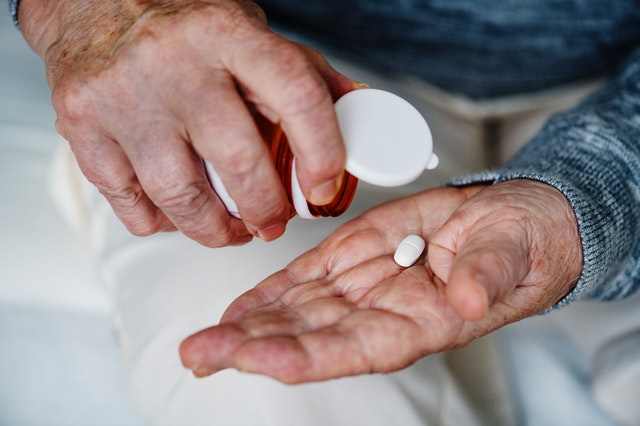
Antibacterial pills are mainly used when dealing with severe inflammation or infection of hair follicles. Oral antibacterial pills may be used in treating very many conditions. But, the use of antibiotic pills has recently been limited due to the emergence of infections resisting antibacterial treatment. Often, pills are only prescribed when dealing with very severe cases.
3. Corticosteroids
Corticosteroids can be made synthetically, but they can also be produced by your adrenal cortex, as they are a group of steroidal hormones. They are anti-inflammatories, which function by altering mediators that cause inflammation, which is one of the symptoms of an ingrown hair or an agitated hair follicle. Additionally, they can also assist with itching and irritation.
If you do not use them as recommended, you could end up experiencing some side effects, which could be mild or severe. Ensure that you receive your prescription from a professional health care practitioner or dermatologist.
4. Wash affected region using antibacterial soap
For a swollen, infected, ruptured, or popped hair follicle, you will need to make certain that the area is clean by washing it using antibacterial soap. The soap helps protect the region from fungal and bacterial infections. Once it is clean, use a clean towel to tap it dry.
5. Avoid irritating skincare creams as well as harsh chemicals
Whenever you have a hair follicle that has recently become irritated, you have to ensure that you do not use harsh skincare products or soaps, which may end up worsening the symptoms that you are currently experiencing. Using an irritant could increase your urge to scratch the region.
Home remedies
For acute folliculitis cases, it may not be necessary for you to treat them, as they will eventually go away without your intervention. But, sometimes, you may have to take proactive measures, such as identifying the right home remedies for use with such a problem. The following home remedies can be used in treating swollen hair follicles.
1. Coconut oil

This particular home remedy is not just simply a cooking ingredient, as it contains a variety of compounds e.g., lauric acid, capric acid, and fatty acids, which are all essential for your skin. Capric and lauric acids are then converted into monolaurin and monocarprin, which provide much-needed protection to your skin.
We highly recommend Majestic Pure Fractionated Coconut Oil for Hair and Skin
In 2004, a study published in the much revered Journal of Dermatological Science was able to display the antibacterial effects and importance of lauric acid and capric acid.
2. Neem
The use of neem oil or neem leaves is credited to having antifungal and antiseptic properties. The oil is manufactured using the fruits and seeds of Azadirachta indica, which happens to be an evergreen tree. Traditional Ayurvedic medicine has, for many years, used neem to treat many skin conditions, folliculitis being one of them.
To use neem in treating folliculitis, you have the option of either boiling the leaves or using the neem oil. Both remedies are effective and should be rubbed into the affected region. It is recommended that you apply the neem treatment at least two to three times each day.
3. Aloe vera
Aloe Vera home remedy is recommended for folliculitis treatment because of its powerful anti-inflammatory and antibacterial properties, which assist in relieving itching and burning, which are two symptoms associated with this condition. Additionally, aloe vera enables your skin to begin healing naturally.
A great choice would be cold-pressed Aloe Vera (Check price on Amazon)
You can choose to use the juice obtained from an inner fillet or opt for the gel that is derived from the aloe leaf. Whichever remedy you choose, ensure that you apply it in the affected region, and leave it there for about fifteen minutes. To increase the effectiveness of aloe vera, you can combine it with either jojoba or coconut oil.
4. Garlic
Apart from being used in cooking, it is also deemed to possess potent antibacterial properties. It comes with sulfur compounds, which are known as allicin. The compounds have potent antibacterial and antiviral properties, both of which are needed when dealing with a case of folliculitis.
Additionally, garlic also contains anti-inflammatory compounds as well as vitamin C, which inhibit some of the enzymes that cause inflammation in your body. To use garlic in treating folliculitis, you should ingest garlic cloves at least three times each day. You can also opt for the supplement tablets, but only after consulting your physician.
5. Turmeric
It is a famous natural remedy that is widely used in Ayurvedic treatment, as well as in traditional Chinese medication. It comes with curcumin—an anti-inflammatory property that is known to cure a broad range of skin-related disorders. If you want to use this particular home remedy, you will need to add a single teaspoon of turmeric powder into on cup of water. Ensure you take this solution at least two times each day to get the best results.
6. Additional home remedies
You can also consider:
- Increase your daily water intake. Always aim to take between eight and ten glasses filled with filtered water each day. Drinking plenty of water will assist in stimulating your immune system, and this will prevent a recurrence.
- Hot water compress. Compresses (both warm and hot) are recommended as they assist in easing itching, and in reducing the swelling that has been linked to inflamed hair follicles.
- Traditional Chinese medicines. Astragalus root is commonly used in Chinese medicine together with other traditional herbs in treating spleen insufficiency, in cases where diarrhea accompanies an outbreak of swollen hair follicles.
- Change your bedsheets as often as possible. If possible, change the bed sheets regularly, as this will prevent a recurrence.
Prevention
Preventing the spread of folliculitis is possible. Additionally, you can use the following tips to avoid getting it altogether.
- Do not wear clothes that are too tight
- When bathing, use a combination of mild soap and warm water
- Do not shave over the bumps on your skin surface
- Make sure that you only use clean hot tubs and heated pools
- Make it a point to use a clean towel at all times

